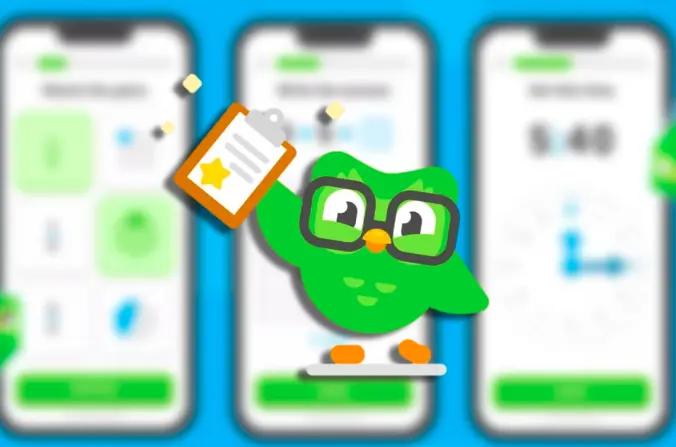- Duolingo is increasingly relying on generative artificial intelligence-based technologies.
- Some of its workers make sure that the content generated is good
Among the most prominent platforms for learning languages from scratch, Duolingo is one of the most widely used, especially for its accessibility through mobile devices and ways to learn through gamification. With it, the company has grown significantly to become one of the most prominent companies in the sector.
However, the company recently announced some bad news. Duolingo confirms the layoff of 10% of its contractors, opting that part of this work has been delegated to the use of technologies based on generative AI. Logically, the news has not gone down well with the community.
Duolingo to rely even more on AI to generate content
A company spokesperson recently confirmed this fact to Bloomberg. Despite this, Duolingo assures that no full-time workers have been affected.
“We just don’t need as many people anymore to do the kind of work that some of these contractors were doing,” the spokesperson said. “Some of that could be attributed to AI,” he continued. The company again insisted to media outlet PC Mag Australia that these were not technically layoffs, as those contractors had simply been “terminated” after finishing their projects at the end of 2023.
The first reports of job cuts at Duolingo began surfacing in late December, when a person claiming to work for the company claimed on Reddit that Duolingo had significantly reduced the number of its translators in favor of using AI.
“I worked there for five years. Our team had four core members and two of us got kicked off. The two who stayed will just review the AI-generated content to make sure it’s acceptable.”
Regardless of the number of workers who have been laid off from the company, the fact that they have been replaced by AI work is somewhat concerning, being another example that adds fuel to the fire about the AI debate and the risk it poses to many current jobs.
While the company had been using machine learning technologies for years, every single learning exercise posted on the platform was reviewed by Duolingo experts. However, this seems to have changed as of last June, when they introduced a language model to generate new exercises via prompts.
“With a powerful language model in the hands of Duolingo’s teaching experts, we can generate large amounts of content for our lessons with the click of a button,” the company claimed in a blog post at the time.
Last March they announced Duolingo Max, a premium subscription for their learning platform that made use of GPT-4 technologies. At the moment this subscription is only compatible for English-speaking users who want to learn French or Spanish through the iOS app. The idea is to expand this technology to more platforms and languages.

